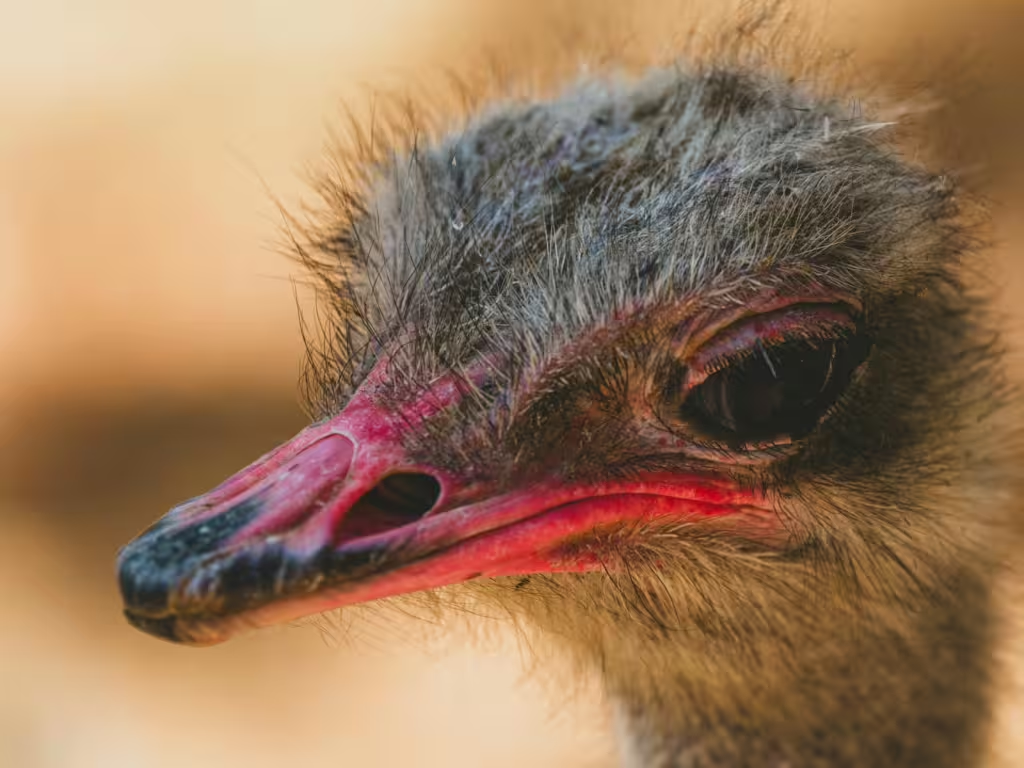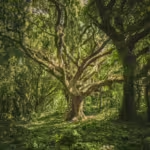Our journey to our planet’s past continues with an in-depth examination of some history’s most famous flightless birds. In the days following the extinction of the dinosaurs, the first birds had two options available to them: take flight or stay grounded. Most of the birds we know of today, including domesticated species like the humble chicken, found flight to be the ideal path. Some species, on the other hand, decided that terrestrial life was easier and lived much like their saurian predecessors had done.
For many of us, this might seem something of a misstep in bird evolution. After all, wouldn’t you fly if given the opportunity? It begs the question, why have so many species forsaken the skies in exchange for a more grounded lifestyle? To get an answer, we went back several millennia and looked into some of the most remarkable flightless birds ever to have walked the earth…literally.
The sad truth is, aside from the ostrich, penguin, and a few select others, most of the birds who opted away from the skies have slowly marched their way toward extinction. Another sad truth is that the cause of most of these extinctions has little to do with the the birds themselves and more to do with humanity.
In this article, we will examine a few of the most iconic terrestrial bird species throughout history. We will explore their adaptations, their behaviors, and the reasons that they eventually disappeared from the Earth.
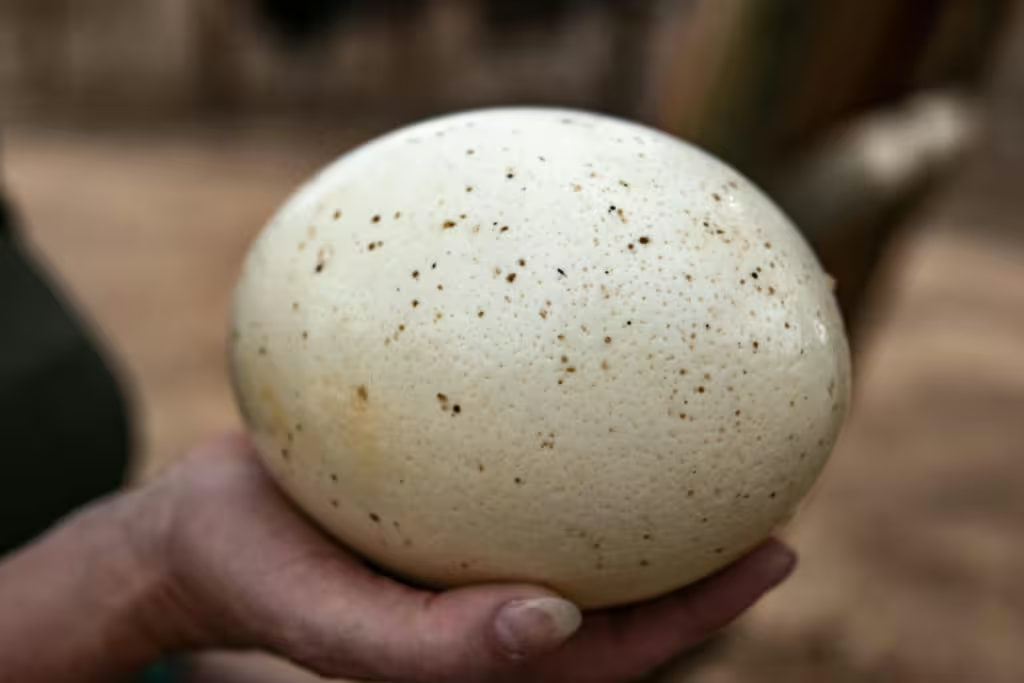
The Moa
Many centuries ago, giant, flightless birds marched across the continents. In the time of early man, they were known as “Terror Birds,” flightless almost-dinosaurs that fed on everything from tiny proto-horses to human beings. Eventually, those birds went extinct and were replaced by larger, though slightly less violent avian creatures known collectively as “elephant birds.”
One of these animals was the Moa, a subspecies of large, flightless bird endemic to New Zealand. There was not a single species of moa, but nine distinct ones, ranging in size from a small, turkey-like species to the giant moa, which stood nearly 12 feet tall! Unlike terror birds, moas were predominantly herbivorous, foraging on a range of vegetation.
For New Zealand, the giant birds filled a niche in the island’s ecosystem that were usually taken up by large mammals on other landmasses. As a result, the moas played a key role in shaping the flora of their habitats. The arrival of humans, however, marked the moa’s downfall. In the end, overhunting and habitat destruction saw them totally extinct by the 1400s.
The Dodo
You knew it was coming but the sad story of the poor dodo is perhaps the most iconic tale of human-led extinction in our recent history. This comical, flightless bird was once native to Mauritius, an island off the coast of Africa. For all its endearing qualities, the dodo was, quite frankly, an easy target for extinction. A large, slow-moving bird, it weighed up to 44 pounds, had few defense mechanisms to speak of, and laid its eggs on the ground. All of these adaptations were perfect for the dodo, which lived peacefully and without any natural threats on Mauritius for nearly all of its time on this planet.
Unfortunately, the isolation of the dodo’s existence also meant it was rather trusting of the two-legged predators that eventually made their way to its island. Its flightlessness and placid nature made it easy prey for humans. It was also preyed upon by invasive species such as rats, which at its eggs, and cats, which ate its chicks. Within less than a century of human contact, the dodo was extinct. Scientists did not get long to study the dodo, but many surmise that it was a valuable seed disperser on the island, and helped regulate the population of insects and small lizards.
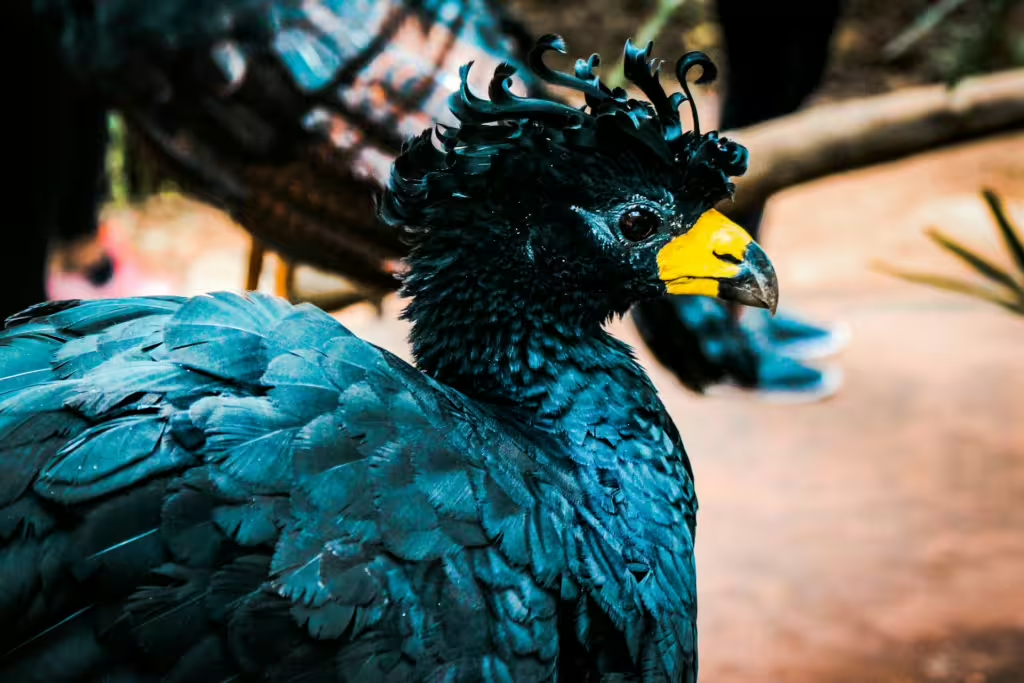
The Great Auk
The great auk was a large, flightless seabird, much like a penguin, that once lived in the North Atlantic ocean. It was called great because it was the largest of its subspecies, standing nearly 31 inches tall. The lived in large colonies on the coast and were proficient swimmers and divers. This enabled the great auk to play a key role in the marine food chain. Like penguins, gulls, and other seabirds, great auks fed on fish. The problem was, humans fed on them…rather more than was healthy for the auks.
Sadly, the great auk was driven to extinction due to humanity’s voracious appetites, not only for meat, but for feathers and the valuable oil that could be found beneath its skin. The last known breeding pair of the species was killed in 1844 on Eldey, a small island off the coast of Iceland.
The Kakapo
The final bird on our list isn’t extinct…yet! The kakapo, a flightless parrot that hails from New Zealand, is currently critically endangered. Over the centuries, the kakapo’s population has dwindled to just over 200 individuals. In addition to being one of the only flightless parrots on Earth, the kakapo possesses several other remarkable traits. It has the ability to live for nearly a century, is nocturnal, and has a unique, booming breeding call. The problem is, all of these adaptations are meant for it to survive on an island with no mammalian predators; and geuss what people brought to New Zealand when they arrived?
Still, modern preservation efforts are in place and aim to reverse its dramatic population decline, thus avoiding the sad, shared fate of other flightless island icons like the dodo and the moa. To that end. scientists have implemented extensive breeding programs to boost its numbers and protect its future.
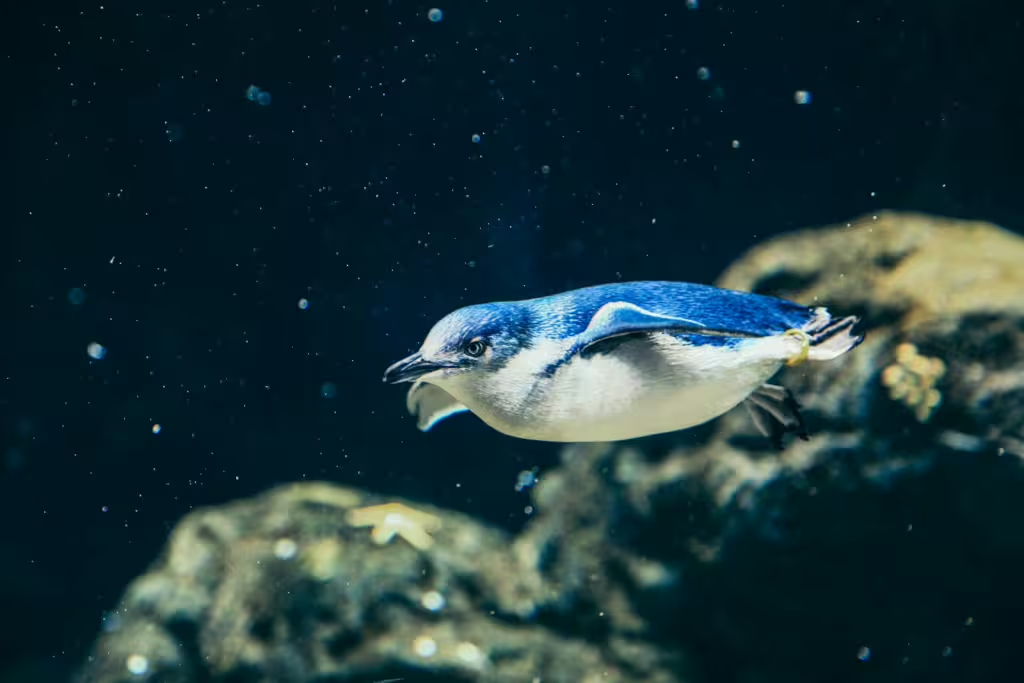
The Truth About Extinction
When we say extinction is forever, we mean it. These words have been bandied about by conservation organizations for decades and they continue to ring true to this day. The animals of the modern age live in constant threat from pollution, climate change, habitat destruction, and overhunting. Some of the animals that we have the privilege of living among today may not be here within the next century or so. If that factoid does not shock you, then you haven’t been paying attention.
Each species that disappears from our world is a loss that cannot be undone. The permanent loss of any unique life form removes something from the planet’s ecosystem, often a key piece of what made that ecosystem work properly. As if that weren’t enough, the loss of these species erases a piece of our natural heritage, our collective unconscious.
In many ways, it’s hard to envision a world in which the dodo bird was an integral piece of any ecosystem. After all, the bird was easy enough to drive toward extinction within the span of a century. But think of how its very existence has inspired humanity. From Alice and Wonderland to this very article, the dodo’s brief time in humanity’s recollection has made an indelible impression on our culture. Moreover, its demise highlights how adversely human activity can affect a unique, endemic species in irreversible ways.
The stories of these animals collectively teaches us a powerful and urgent message: once a species disappears, it’s gone forever — and with it, so goes a unique piece of our world’s story. The dodo, the great auk, the moa, and the kakapo all serve as potent reminders of what we lose when we fail to act in time.
True Investigator Says…
As you can see, although many of these birds are gone, their stories resonate through the ages; their inevitable extinctions sounding a rallying cry for the many endangered species of birds that are still struggling to survive amidst human beings. In many ways, the flightless birds of the past serve as powerful reminders of strengths and weaknesses of evolution. These birds may have been paragons of adaptability but they were also exceptionally vulnerable because of their specializations.
The stories of moas, dodos, great auks, and what remains of the kakapos, underscore the dramatic effects human activity can have on our planet’s fauna; especially of those species are highly specialized. Nevertheless, each of the species mentioned above highlights the importance of conserving habitats and protecting the rich diversity of life with which we share this world. Moreover, by understanding the tragic tales of these terrestrial birds, perhaps we can learn to better appreciate the delicate balance of the world at large. The hope is that, in understanding the cost of humanity’s wanton disregard for the natural world, we can avoid repeating past mistakes and preserve the unique species of today, for a better tomorrow.
Discover more from TrueInvestigator
Subscribe to get the latest posts sent to your email.
